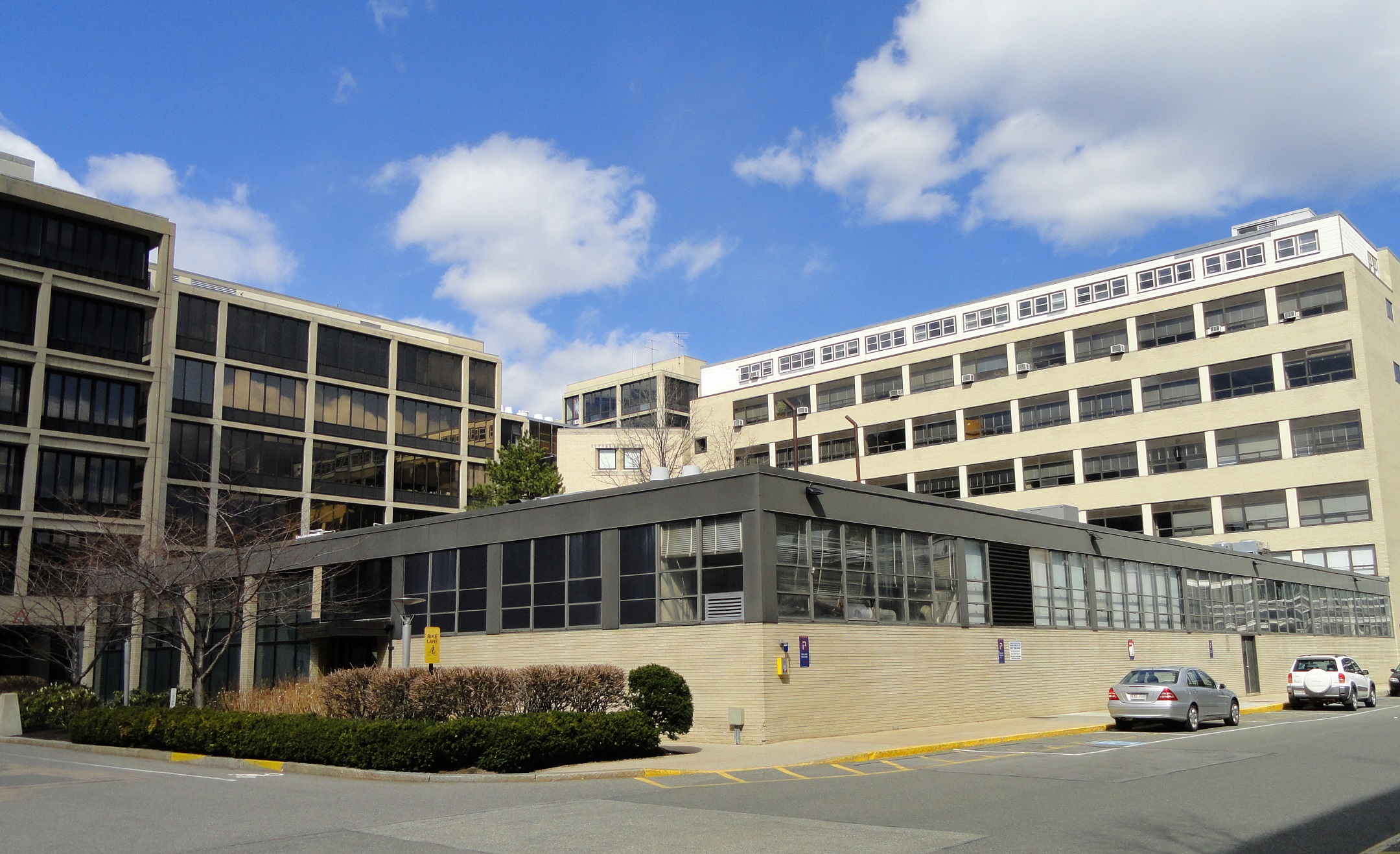Nulcear Weapons 213 - MIT Announced New System For Identifying Nuclear Warheads
The single biggest and most imminent threat to the continued existence of human civilization is the possibility of all out nuclear war between the United States and Russia. For awhile after the Soviet Union fell twenty five years ago, it was believed that the threat of global nuclear war could be removed. There was talk of a "peace" dividend as money that had previously been allocated for nuclear weapons could be redirected to needed social programs. Major treaties were signed to reduce nuclear arsenals and prevent the spread of nuclear weapons to other nations who did not have them. Some progress was made as tens of thousands of warheads were removed from the arsenals of the U.S. and Russia.
Unfortunately, tensions are rising between the U.S. and Russia. Both countries still have thousands of missiles and nuclear warheads ready to launch at each other. Russia has been especially provocative about the possible use of nuclear weapons in the last few years. Both the U.S. and Russia are planning on spending hundreds of billions of dollars on upgrades to existing nuclear weapons.
Many individuals, groups and nations around the world are still dedicated to the removal of all nuclear weapons on Earth. They continue to press for reduction in major nuclear arsenals under the international treaties. One of the major problems with nuclear disarmament is verification that the nuclear warheads that are being counted in a nation's arsenal are real. Current and previous methods of verification were either not reliable or not acceptable to national governments because of the danger of revelation of national security secrets concerning the design of nuclear weapons. The U.S. and Russia are committed to reducing their deployed war heads to one thousand five hundred and fifty by 2018. However, there is currently no way to uniquely identify individual warheads slated for decommissioning.
Researchers at the Massachusetts Institute of Technology have now announced a possible solution to this problem which has been worked on since the 1960s. MIT’s Department of Nuclear Science and Engineering say that their solution "involves nuclear resonance fluorescence, a new form of single-pixel tomography, and careful attention to the information content of physical processes."
Once a warhead is analyzed by the new technology, a profile of the warhead is created. This includes information about the materials in the warhead including the plutonium and the geometric structure of the warhead. If any materials or parts are removed, if the shape is changed, if any parts or replaced or any plutonium is removed, this will result in a mismatch between the profile and the warhead. Two measurements that take twenty one seconds are sufficient to tell that a warhead has been modified or replaced with any fake warhead that is cheaper and less complex than a real warhead with an accuracy of almost one hundred percent.
The new system is far superior to all existing systems for verifying the identity and integrity of individual warheads. Existing systems often rely on electronic circuitry which can be tampered with. The new system does not rely on such vulnerable solutions but is based on simple physics which cannot be fooled. Although there is much work remaining to be done on the MIT system, it may usher in a new age of reliable retirement of nuclear warheads.
MIT Building 24 - Department of Nuclear Science and Engineering:
